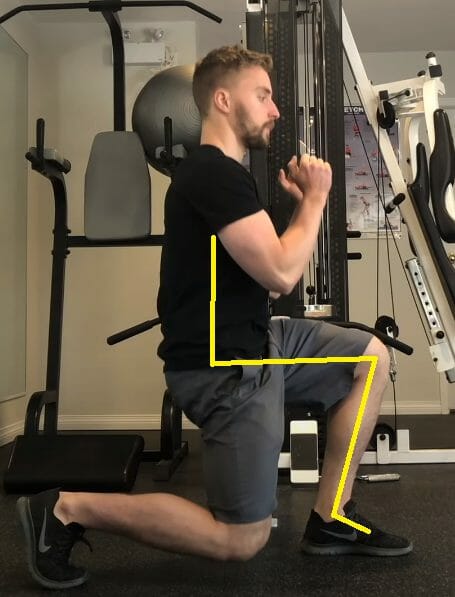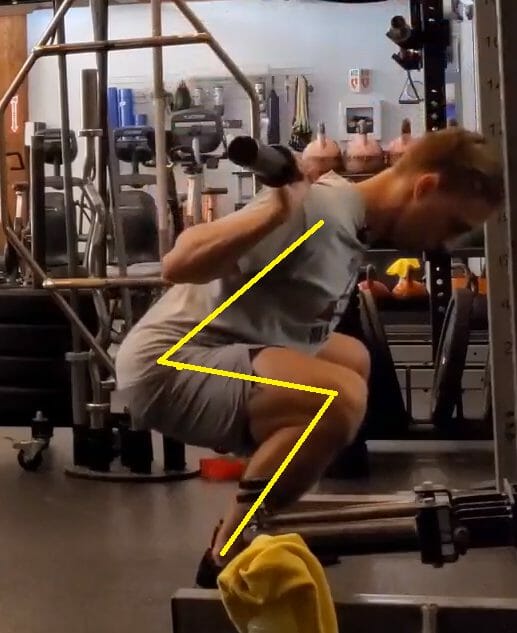Powerlifting training is pretty simple. Squat, bench , and deadlift a couple times a week, apply progressive overload, don’t get hurt. That last one is the bane of many lifter’s existence. Today, we’re going to take a crack at cleaning up one single leg work for powerlifters – something that gets messed up A LOT.
In a vacuum, single leg training for squats shouldn’t be much harder than a squat itself, but add in years of bilateral powerlifting training, some muscle imbalances, and a lack of movement ability and you end up with how many lifters feel when doing lunges or similar exercises: incompetent. In an aim to build you up, we will take a look at 3 main things we see our athletes benefit from with their single leg training: specificity, hip control, and addressing asymmetry.
1) Specificity Matters
Specificity is a spectrum. As such, you can have single leg movements that are more or less specific to the squat. Exercises that more closely mimic the squat (viewed from the side) such as rear or front foot elevated split squats are going to carry over better to the squat if the goal is supplemental volume for the squat.
Additionally, ensuring that the joint angles trained in the accessory movement closely compare to your competition squat are essential to maximizing carryover. If your comp squat has a torso angle of 45 degrees and a hip angle of 120 degrees at parallel, you should try to come as close to that as possible in the squat. In the video below, you’ll see some key points for a split squat technique which more closely mimics a front squat, not so much the low bar squat… Know what your exercise variations are for.


2) Angled AF
Crappy strength coach jokes aside, Acetabulo-Femoral (AF) angles are an aspect of single leg training that don’t get nearly as much love as they should. Everyone wants to focus on “knees out” or “knees forward” but quite often, if you get a proper pelvic position on top of your stance leg in the first place, knees will resolve themselves.
3) Using AF Angle as a Corrective Strategy
Finally, the last key point with effective single leg squat training is using them as a tool for resolving muscle imbalance or coordination asymmetries. The video example we used was a right rotated pelvis in the squat. While it might not be ideal (or particularly safe) to think about creating a left rotation in the pelvis in a loaded squat, it can actually be a viable strategy in unilateral training as the loads are lower, and the movement is already asymmetrical by nature, which allows for more room for movement exploration in the frontal (side-to-side) and transverse (rotational) planes of movement.
Building on our right rotated squat example, we could do the majority of the single leg training initially with a focus on creating more left rotation through the movements, which should theoretically carry over into the squat pattern, assuming enough specificity has been applied.
There you have it: 3 actionable items to consider when executing your single leg work such as lunges or split squats. If you’re a long time powerlifter, points 2 and 3 will probably take a bit more time to wrap your head around and perform properly, but like with anything else you can train, the body is adaptable and will do so if you push for it.
PS – Here’s 3 ways I can help you get stronger:
3. Apply to join my “Momentum Program” and become a case study. We’ll work with you 1-on-1 (in-person or online, depending on location) to consistently increase your PRs.
It takes less than 60 seconds to apply HERE in order to find out more information and see if you’d be a good fit.